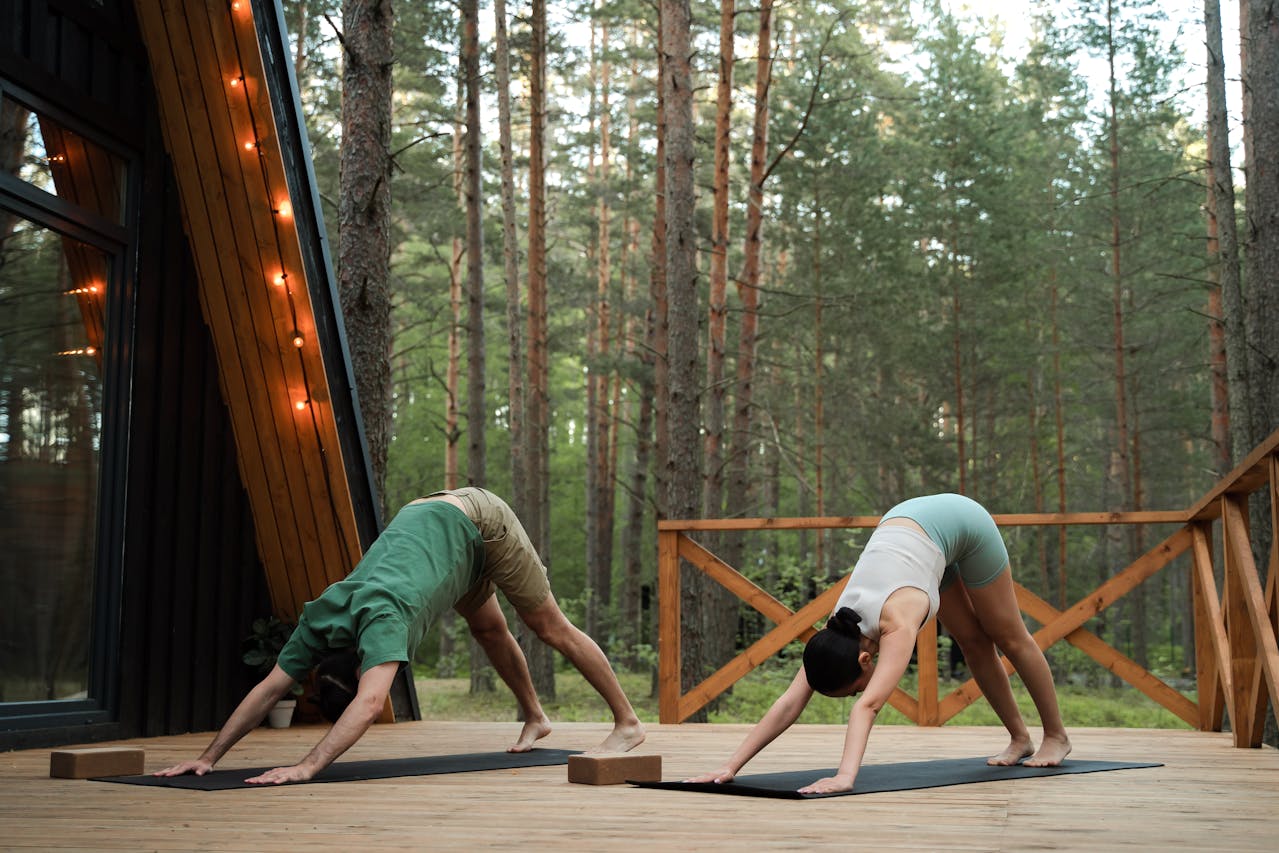Vacations are vital to people’s work-life balance and staycations are becoming more popular than traditional travel. Nowadays, people increasingly prefer to spend less on vacations, so as to not contribute to global warming.
With more interest in immersive experiences than the usual flight rush, staycations have a lot to offer in terms of sustainability in tourism.
What Are Staycations?
Staycations are vacations spent near your hometown. Some also choose accommodations, like farmhouses, where tourist activities are available, reducing the need to travel to visit places.
Many staycations, such as yoga camps or forest retreats, are also themed, typically eco-friendly and sustainable.
During a staycation, you can explore the hidden gems of a town and avoid crowded tourist spots. It is also synonymous with a lesser carbon footprint, it means money spent and it keeps you closer to your home in case of an emergency.
Why Are Staycations Eco-Friendly?
A staycation is an excellent way to spend your long weekend or a vacation.
Reduced greenhouse gas emissions is one of the most significant benefits. When you stay locally, you omit various transportation needs, like planes and cars. This reduces your carbon footprint, which in turn positively impacts climate change.
Aviation contributes to 2.5% of carbon dioxide emissions worldwide and 4% of global warming. When you choose a local destination for your vacation, you are more inclined to use less-emission transportation, like bicycles. A local destination would typically have attractions within walking distance, further reducing your carbon footprint.
It also encourages less waste. When you travel far, you tend to pack more, especially essential items like toiletries and medicines, as you fear you may not be able to get those items during your vacation. Some also get travel packs and kits of the same items for their vacations.
Tourists produce between 4% and 8% of global waste every year. By traveling locally, you have no luggage restriction. Therefore, you reduce waste and have peace of mind knowing your items are easily accessible.
When you vacation abroad, you may be unable to decide which shops are or aren’t sustainable. This would increase your carbon footprint when you purchase their products. However, choosing a local destination means there is no language barrier for you to communicate and ascertain the practices of these shops. In addition, you are more well-versed in a local town’s tourism landscape, especially one nearby, making navigating the shops and the area easier.
A steady stream of tourists would also encourage local towns to keep their surroundings clean, beautiful and healthy. Buildings would be painted regularly, roads and pavements would be beautified, and trees pruned during fall would be maintained all year round to ensure tourists are happy and satisfied.
How to Make Your Staycation Eco-Friendly
The first criterion of a staycation is picking local destinations requiring little travel. Choose towns and places in your region, so you won’t have to spend hours traveling. For example, if you live in Buffalo, New York, consider a staycation in Albany. Albany is known for its nightlife and has many museums and parks to visit during the day, all within biking distance.
You can also choose to travel using public transportation. Use the well-connected metro route available or rent a bike to enjoy the scenery and keep fit while you produce zero carbon footprint when traveling.
Be conscious of your plastic use during the staycation. Instead of disposables, bring metal cutlery, thermos cups, containers and shopping bags to cut single-use plastics. For example, get a stainless steel water bottle you can refill at places you stop as an alternative to plastic water bottles. Dispose of your trash responsibly — if you can’t find a trash bin nearby, keep the rubbish with you until you find one.
Your itinerary should also be eco-friendly and fun. Research the city you intend to visit and pick fun activities everyone can enjoy. Examples include nature walks, cycling, bird watching and morning meditation. You can also volunteer for eco-friendly causes like tree planting.
In addition, avoid destinations known to be harmful to animals, such as animal circuses and elephant riding. Be aware of animal parts sold as souvenirs. It is essential to be mindful of your impact on the environment. A balanced ecosystem is important, so avoid straying from the designated hiking trail, and do not disturb the flora and fauna at these places.
One exciting way to promote the staycation idea is to rent out your home when you’re on vacation. This idea uses existing houses for accommodations instead of building new hotels and resorts, thus reducing the carbon footprint associated with tourism.
Choose Eco-Friendly Staycations to Enhance Your Vacation Experience
Sustainable staycations are profitable for the environment and help you preserve the planet during your travels. By vacationing locally, you can do your part in reducing pollution, protecting nature and ensuring a more eco-friendly future for tourism.
Source link
Jane Marsh biofriendlyplanet.com



